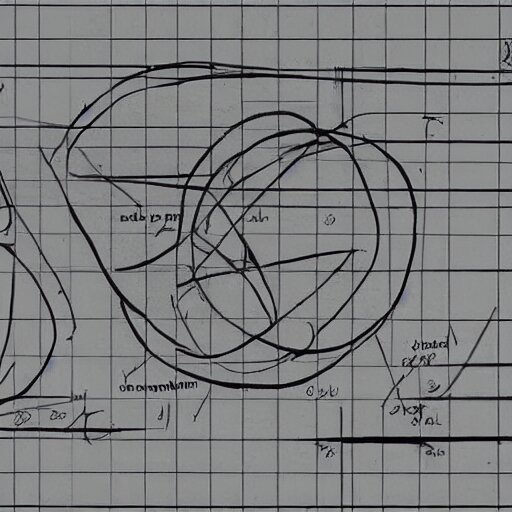#golden-ratio #math #nature #art #architecture
Created at 120323
# [Anonymous feedback](https://www.admonymous.co/louis030195)
# [[Epistemic status]]
#shower-thought
Last modified date: 120323
Commit: 0
# Related
- [[Mathematic/Real Numbers]]
- [[Mathematic/Game Theory/Superrationality]]
- [[Philosophy/Art/Escher]]
- [[Philosophy/Poetry/Silver Smoke]]
- [[Readwise/Books/1994 - Douglas R. Hofstadter - Gödel - Escher - Bach_ an Eternal Golden Braid-Basic Books]]
# TODO
> [!TODO] TODO
# Golden ratio
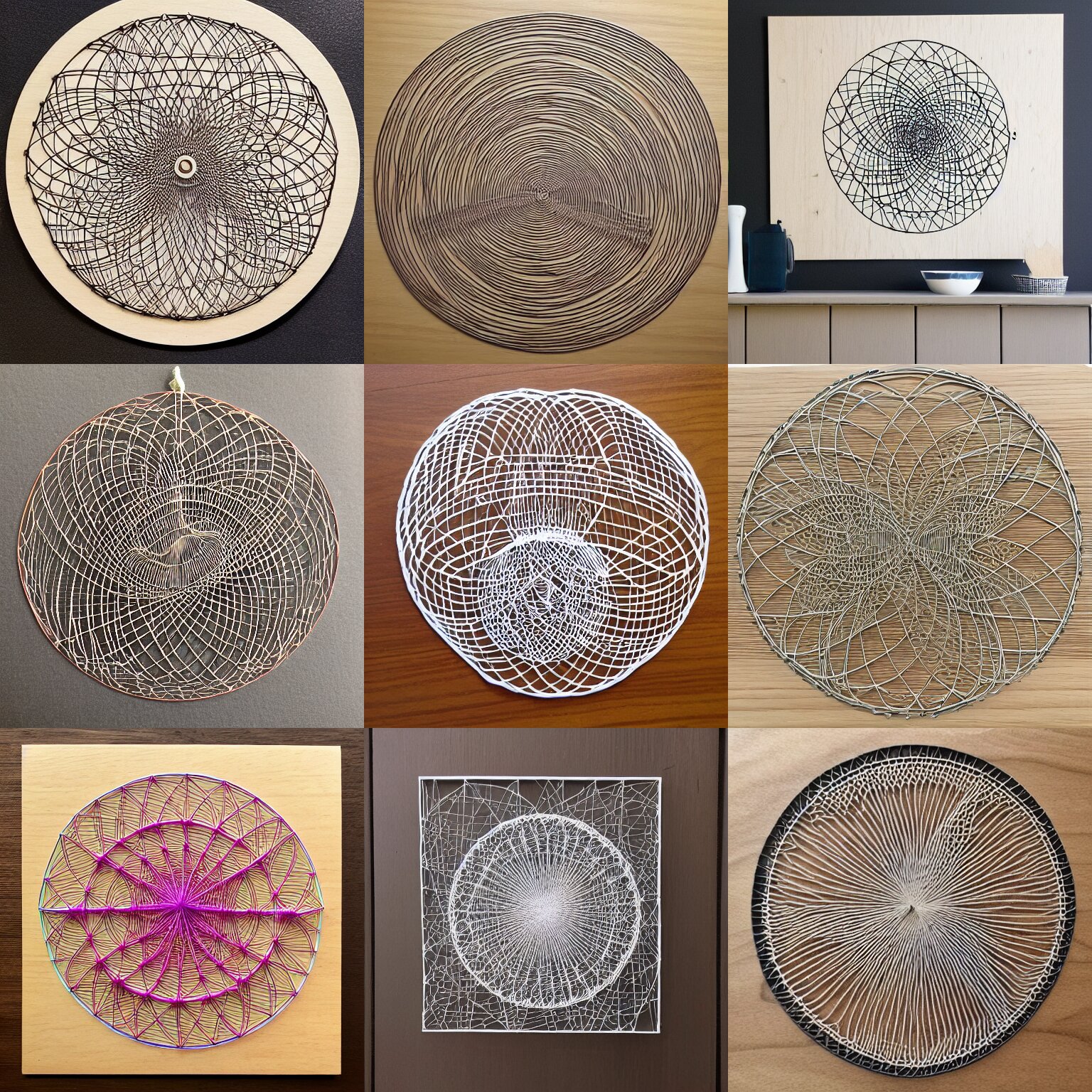
The Golden Ratio, also known as the Divine Proportion or Phi, is a mathematical concept that appears in nature, art, and architecture. It is believed to have been discovered by the ancient Greeks, who used it to create aesthetically pleasing designs. The ratio is approximately 1.618 and is found in the proportions of various objects such as the human body, seashells, pine cones, galaxies, and the spiral arms of hurricanes. In art, it is used to create balanced and harmonious compositions. In architecture, it is used to create visually striking and structurally sound buildings. The Golden Ratio has been the subject of debate among mathematicians and artists for centuries, but its significance continues to be recognized to this day.
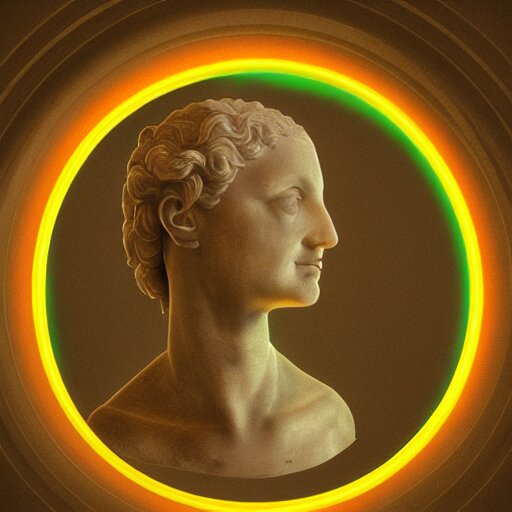
An analogy in nature would be the way leaves grow on a stem. As new leaves emerge, they tend to be located at a distance from each other that follows the Golden Ratio. The angle at which leaves grow from the stem also tends to follow the ratio, creating a spiral pattern. This pattern can also be seen in the way petals grow in flowers and in the arrangement of branches on a tree. The Golden Ratio seems to be deeply ingrained in the structure and growth of many living things, suggesting that there may be some fundamental relationship between mathematics and the natural world.
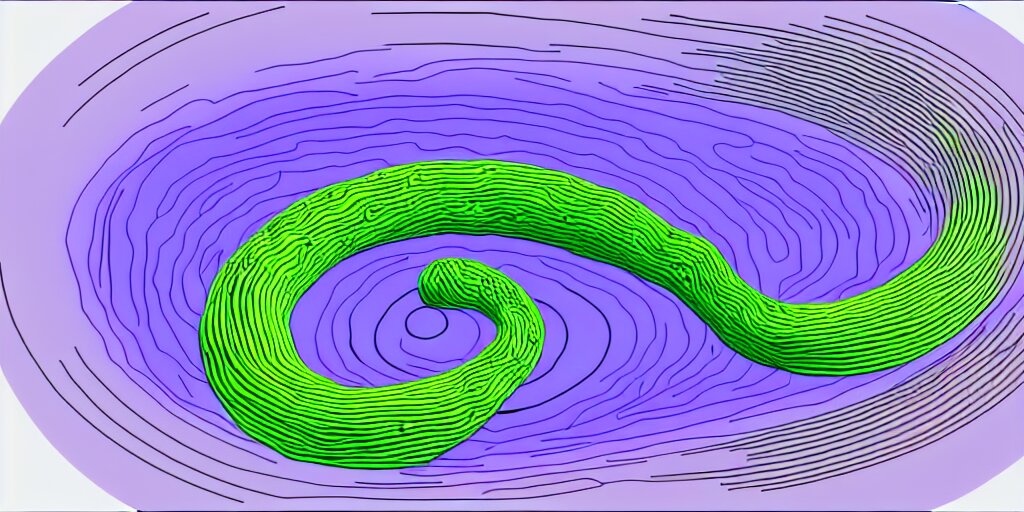
Interestingly, The Golden Ratio relates to fractals as well, which are complex shapes that repeat at smaller scales. Fractals also appear in nature, such as tree branches, snowflakes, and ferns. The relationship between the Golden Ratio and fractals suggests a connection between order and chaos, and the idea that complex systems can be described by simple mathematical principles.


In art, the Golden Ratio has been used by many famous artists, including Leonardo da Vinci and Salvador Dali. It is often used to create a sense of balance and harmony in compositions, with the ratio being used to determine the size and placement of various elements. In architecture, the Golden Ratio has been used for thousands of years to design buildings that are both beautiful and stable. Examples of the ratio can be seen in the design of the Parthenon in Athens and in the proportions of the Great Pyramid of Giza.
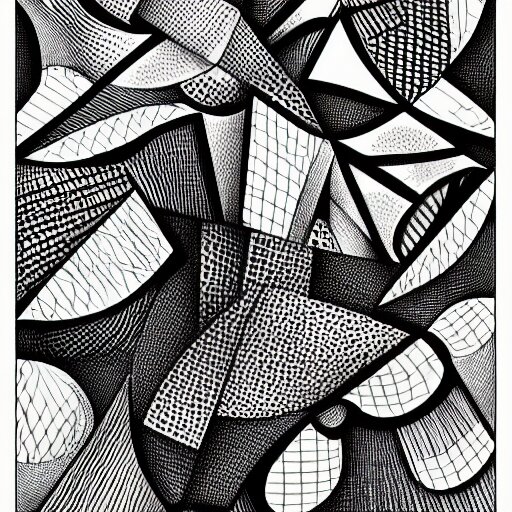
In conclusion, the Golden Ratio is a fascinating mathematical concept that appears in nature, art, and architecture. Its significance has been recognized for centuries, and it continues to inspire and influence artists, architects, and scientists to this day. Whether it is the result of some fundamental relationship between mathematics and the natural world, or simply a coincidence, the Golden Ratio is undeniably beautiful and intriguing.
